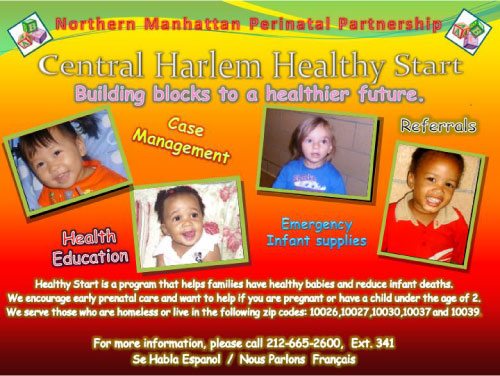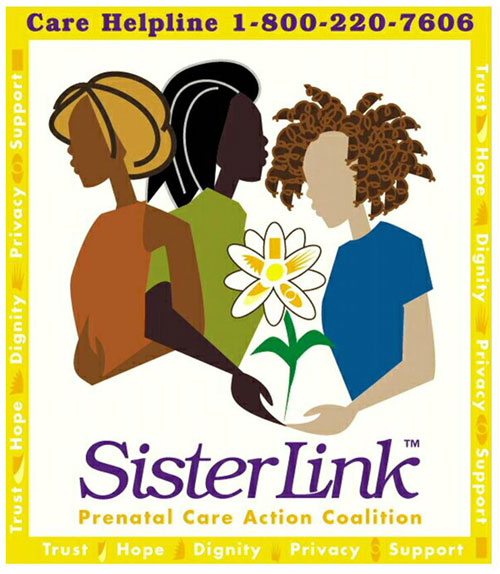Introduction:
Mr. Drummonds gave the presentation above during the first Leadership Institute in March 2007 and during the session in August 2007. The purpose of the presentation was to introduce the core concepts of leadership to new and somewhat seasoned Healthy Start project directors.
Presentation Objectives:
1. Provide a working definition of leadership and leadership styles
2. Determine the forces of change in your project’s external environment
3. Position your Healthy Start project in that environment
4. Learn the importance of organizational strategy
5. Understand the differences between management & leadership
6. Cultivating & nurturing a performance-based culture & values
7. Learning about the art and science of execution
Mr. Drummonds opened the session by defining what he means by leadership: He defined leadership as “The self-defined capacity to communicate vision and values while providing programs, structures and core services that satisfy human needs and aspiration while transforming people, your organization and society in the process.”
He next went on to provide several examples of how the definition above relates to the day-to-day situations directors experience managing their Healthy Start programs. As each student revealed their current leadership challenge, Mr. Drummonds framed these challenges in the context of leadership styles and types.
He defined the transactional leader; transformational leader; and the strategic leader. For each leadership type and style, Mr. Drummonds gave concrete examples and situations where these leadership types managed a crisis or navigated their agencies into the future.
He stressed during the entire presentation that leaders must possess the skills to act in advance of the critical changes going on in the environment if they are to succeed. Leaders must anticipate the big opportunities of the future and commit the Healthy Start program to doing what it necessary to take advantage of them. Mr. Drummonds used this section of his presentation to pivot and began to open a discussion about studying the external environment around individual Healthy Start sites around the country. He focused on the political, clinical, policy, intra-organizational politics, vital MCH statistics, demographic, housing/physical environment and ethnic and class changes in your local community. He stressed that projects should start now to complete this needs assessment and study in preparation for the competitive MCHB Healthy Start application set for 2009.
He stressed during the presentation that shifts in the local and state environment calls for shifts in how the Healthy Start program should be structured. For example, if the local Healthy Start project in Dallas Texas found that more women over 35 years of age were deciding to have a child; the outreach, case management and interconceptional care interventions must be tweaked to address the needs of this new MCH population.
At the end of this section of the presentation, Mr. Drummonds challenged the student body to determine how they would position their projects in a changing MCH operating environment. He challenged them to innovate their programmatic operations and determine who their competitors and collaborators are as they prepare for the HRSA/MCHB competitive application process.
Next, Mr. Drummonds provided the audience with working definitions of organizational vision/ strategy and applied these concepts to a variety of Healthy Start sites around the country. He also review five of sixteen agency strategies that could help differentiate one Healthy Start project from another, thus making the project competitive. He discussed in detail a hospital, women’s health, perinatal regionalization, MCH chronic disease and sustainability strategies.
He stressed that strategies should be subversive. They should communicates what make an organization unique and where the Healthy Start project will position itself to achieve its mission and vision. Strategies should also communicate what the organization will not be doing because the agency is focused and does not have the financial and human capital resources to be all things to everyone.
The curriculum next clarified for the student body the differences between management and leadership. Mr. Drummonds communicated that there is an inherent tension between management and leadership work. However, he revealed that a competent Healthy Start director must be able to master both disciplines. Several examples of management and leadership skills were reviewed with the student body. Mr. Drummonds revealed that leadership differs from management in its degree of dangerousness. He references articles in the literature that revealed that taking the lead is inherently risky. It generally means you have moved out of a safe zone of anonymity and accepted opinion.
A special section on cultivating a performance-based culture was added to the August 2007 presentation. Organizational culture was defined and specific examples were given to Healthy Start directors to cultivate shared values and beliefs among their staff, consumers and external stakeholders.
2
Mr. Drummonds revealed, as the healthcare environment changes rapidly and funding uncertainty reins, your staff needs something that is constant in their work lives as social change occurs all around them. An agency’s cultural values are touchstones, moral navigational devices that steady ones nerves and provide a sense of stability and direction. Mr. Drummonds revealed that his staff relied on NMPP’s agency culture on September 11, 2001 after the World Trade Center crisis.
Mr. Drummonds brought the lecture/discussion to an end by repeating his definition of leadership. He revealed that leaders communicate passion and vision to their staff. He revealed that leaders who communicates passion give hope, meaning and inspiration to other people they work with. He also stressed that leaders possess integrity. This ingredient is made up of three flavors: self-knowledge, candor, and maturity. The leader must possess a fundamental soundness or wholeness. A leader cannot cut his or her consciousness to fit this year’s fashion.
He asked the student body to give specific examples of their own candor, self-knowledge and vision examples. He stressed that to become a leader, the Healthy Start director must become yourself; become the maker of your own life. Leaders are not born with the traits mentioned above, they are self-made. Leaders invent themselves, change their organizations and then invent the future. A quick tutorial on the art and science of execution was presented. Mr. Drummonds stressed that execution is the missing link between aspirations and results! He stressed that the main difference between one Healthy Start program and a competitor is the ability to execute the Healthy Start case and systems interventions and measure results. Execution has to become a part of an agency’s strategy, culture and goals.
Execution is a systematic process of rigorously discussing how’s and what’s, questioning, tenaciously following through, linking rewards to outcomes and ensuring accountability for achieving Healthy Start outreach, case management, consortium, perinatal depression and local health systems action plan/Title V collaboration goals. The actions above are the substance of execution, and leaders cannot delegate them regardless of the size of the organization.
During future Leadership Institute lectures, Mr. Drummonds proposes to operationalize the above themes by proposing the following lecture topics:
*Developing a Healthy Start Sustainability Plan
*Determining the Business Case for Healthy Start Programs
*Developing Tactics & Strategies to Develop a MCH Mass Movement to Reduce Infant Mortality in an Urban or Rural Community
*Defining and Building the MCH Life Course Organization
*Integration Strategies to Link Your Child Welfare; MCH & Early Childhood Systems of Care
*Structuring State & Regional Healthy Start Organizations


